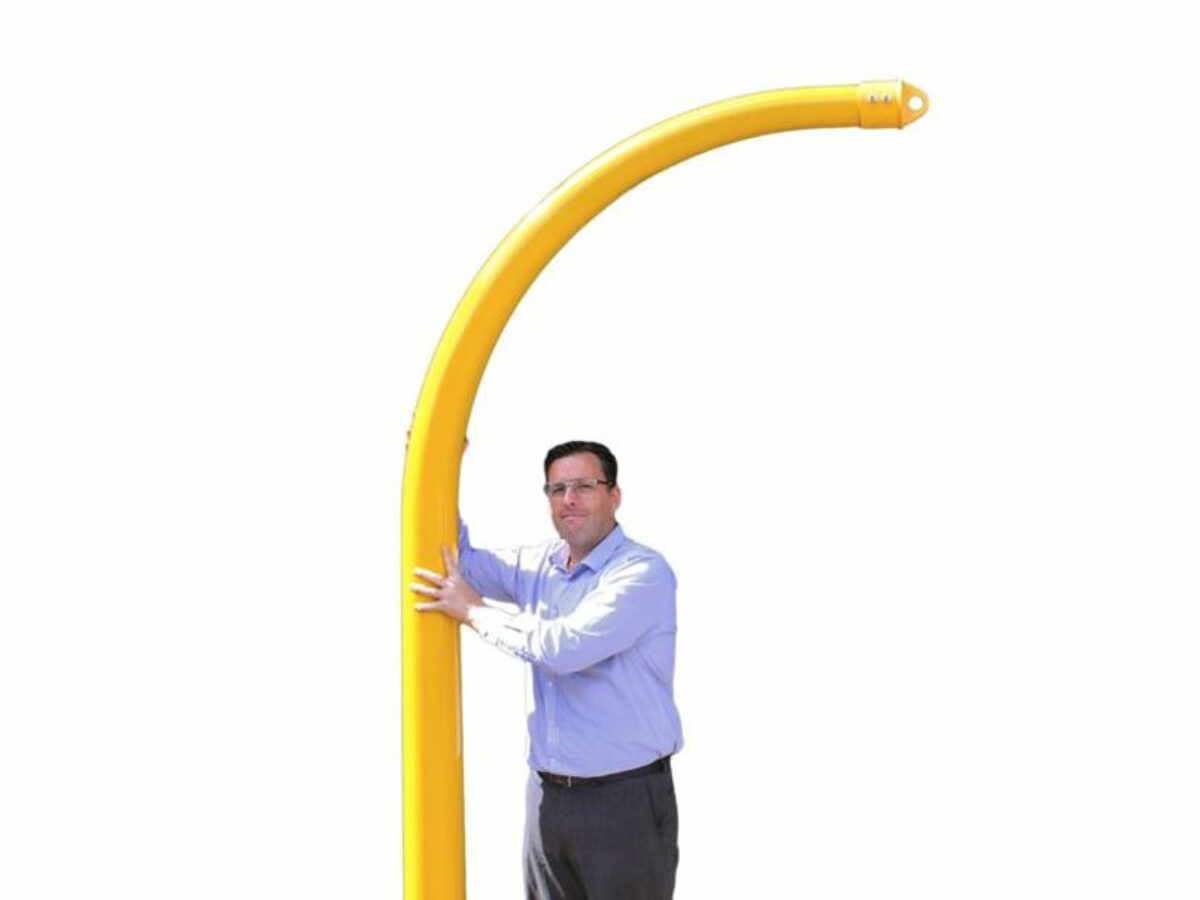Excellence in maritime manufacturing – material gains for maritime

Today in @AuManufacturing’s editorial series Excellence in maritime manufacturing coinciding with the Indo Pacific 2022 International Maritime Exposition, William Poole speaks to composites specialist ACS-A.
Composites have a long history in maritime manufacturing, but today advances in material technology are transforming the sector, led by innovative companies such as Advanced Composite Structures Australia (ACS-A).
ACS-A was founded in 2010 as a spin-out from the Cooperative Research Centre for Advanced Composite Structures (CRC-ACS) to capitalise on its IP, the CRC-ACS had been developing since the early 1990s.
The company’s core competency is in fibre-reinforced polymer materials, and while it was initially focused on research & development, it has subsequently extended into manufacturing.
ACS-A general manager Dr Paul Falzon said: “We work with customers and look at the right use of composite materials and structures to develop products.
“Customers now really want a product, and to use it as quickly as they can.
“We do everything from the initial concept, through to designing and developing prototypes, then testing and evaluation.”
company has now moved into low-volume, high-value manufacture of products.”
In the defence sector, ACS-A’s defence links go back to its time as a CRC, working on the manufacture of components such as composite water-tight doors for naval vessels including the Royal Australian Navy Huon Class minehunters.
With fibreglass-hulled boats having first set sail almost a century ago, composites are well-established materials in maritime manufacturing. However, recent advances in technology and materials are creating exciting new possibilities.
“We see huge opportunity to use composite materials, particularly higher-end fibres like carbon-fibre, to bring weight reductions, improved corrosion resistance, and greater sustainability long-term,” said Falzon.
“One of the biggest trends is in using these technologies to try to bring costs down. Additive manufacturing is being used to manufacture tools or moulds, and even to print boats directly with fibre-reinforced polymer materials.”
Another area of his potential is in repairs: “We’ve worked on projects using composite materials to repair top-side structures that have corrosion issues.
Traditionally they might cut those structures out and weld in a large steel plate, but that can be more challenging. Composites offer the opportunity to more accurately place material over (an) area to strengthen it.”
Nonetheless, persuading clients to embrace alternative materials presents an ongoing challenge, particularly in a risk-averse field like naval procurement.
“Even though you see composites heavily used in the civil boating industry, trying to apply that into naval vessels is more challenging.
“There’s still a preference for materials they know well, like steel.”
Today ACS-A works across industries such as automotive, transport, aerospace, defence, energy, resources and infrastructure.
In the maritime sector it has been particularly active in wave energy, developing a composite hydro-electric turbine blade for Kinetic NRG, and has been closely involved in the Blue Economy CRC, working on two projects with Carnegie Clean Energy.
Falzon said: “We’re looking at offshore structures generating wave energy, working on their power take-off system.
“It’s moved from a mechanical, hydraulic system, which was expensive and required significant maintenance, to something we believe will be much simpler to implement.
We’re completing initial prototypes, and they’ll soon get installed at Carnegie for testing.”
A second project seeks to apply similar technology on barges used in salmon aquaculture, which requires a diesel generator onboard to provide electricity – ACS-A is exploring ways to use wave energy instead.
More recently it has worked with engineering company Sofraco Engineering to develop a stanchion, using lightweight corrosion-resistant composites instead of the metals traditionally used.
Another project involves reworking an existing maritime product to remove significant mass.
“We’ve gone through developing a design and are about to complete the initial prototype build, which will go through test and evaluation.
“And all going well there will be a significant build number for that product.”
A key to overcoming this challenge is engaging potential clients earlier in the development process and educating them about the possibilities that composites can offer.
“Usually, defence clients will go through their usual networks and say specifically what they’re after.
That works well if you’re a fabricator, but not so well for a company looking to innovate. Ideally, we want to be engaged much earlier, when we can actually help develop the right solution.”
@AuManufacturing’s editorial series Excellence in maritime manufacturing is brought to you with the support of BAE Systems Australia.
![]()
Picture: Advanced Composite Structures Australia
Subscribe to our free @AuManufacturing newsletter here.
Topics Defence
@aumanufacturing Sections
Analysis and Commentary Awards Defence Manufacturing News Podcast Technology Videos






